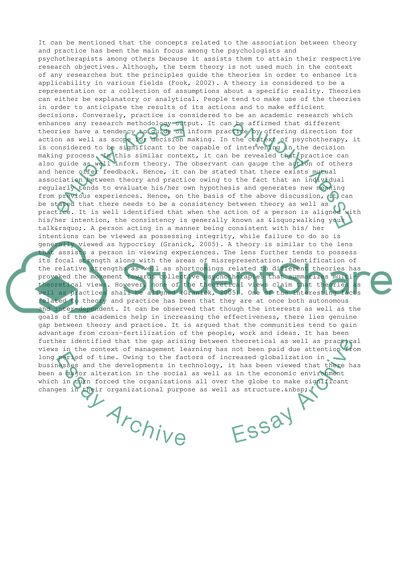Cite this document
(“Relationship between Theory and Application or Practice Research Paper”, n.d.)
Relationship between Theory and Application or Practice Research Paper. Retrieved from https://studentshare.org/management/1402159-comprehensive-essay-exam
Relationship between Theory and Application or Practice Research Paper. Retrieved from https://studentshare.org/management/1402159-comprehensive-essay-exam
(Relationship Between Theory and Application or Practice Research Paper)
Relationship Between Theory and Application or Practice Research Paper. https://studentshare.org/management/1402159-comprehensive-essay-exam.
Relationship Between Theory and Application or Practice Research Paper. https://studentshare.org/management/1402159-comprehensive-essay-exam.
“Relationship Between Theory and Application or Practice Research Paper”, n.d. https://studentshare.org/management/1402159-comprehensive-essay-exam.


